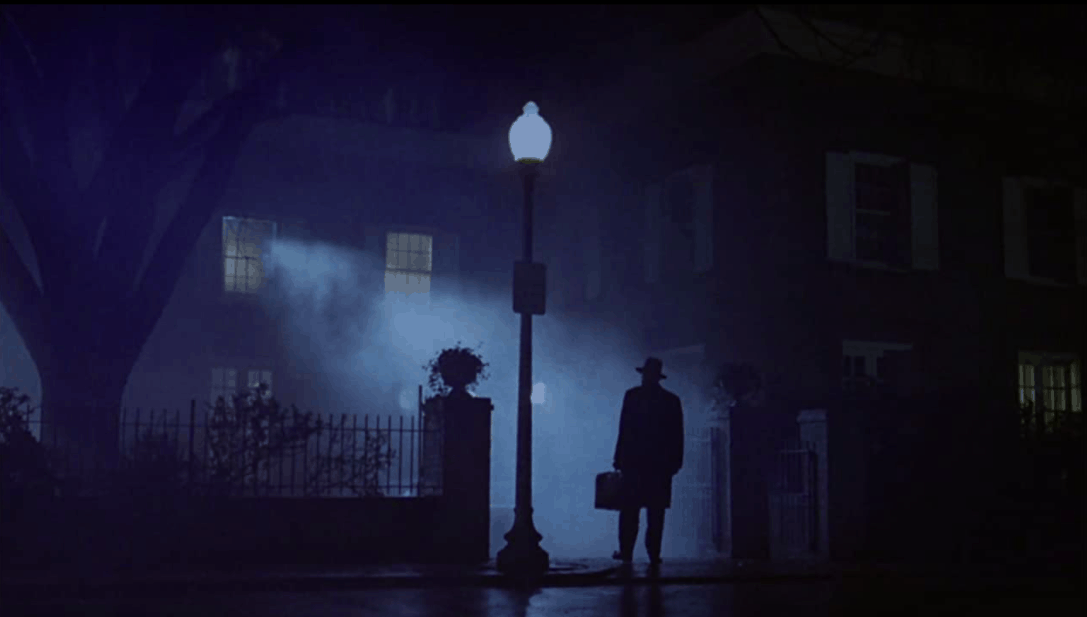If you’re a horror fan like us, then you’ve already watched (and re-watched) all the major classics, which include The Shining, The Thing, It, Halloween, and last but not least, The Exorcist.
Now, there are a lot (and we mean A LOT) of movies out there related to exorcisms, but William Friedkin’s 1973 epic is undoubtedly the best.
The movie marked various firsts: it was the first horror movie to be nominated for a Best Picture Academy Award, and the first movie to elicit some very disturbing reactions from audiences, including fainting, vomiting, heart attacks, and “cinematic neurosis.”
For horror fans, however, The Exorcist triggered nothing but positive reactions, and consequently, the movie, its soundtracks, and its locations have earned cult status over the years.
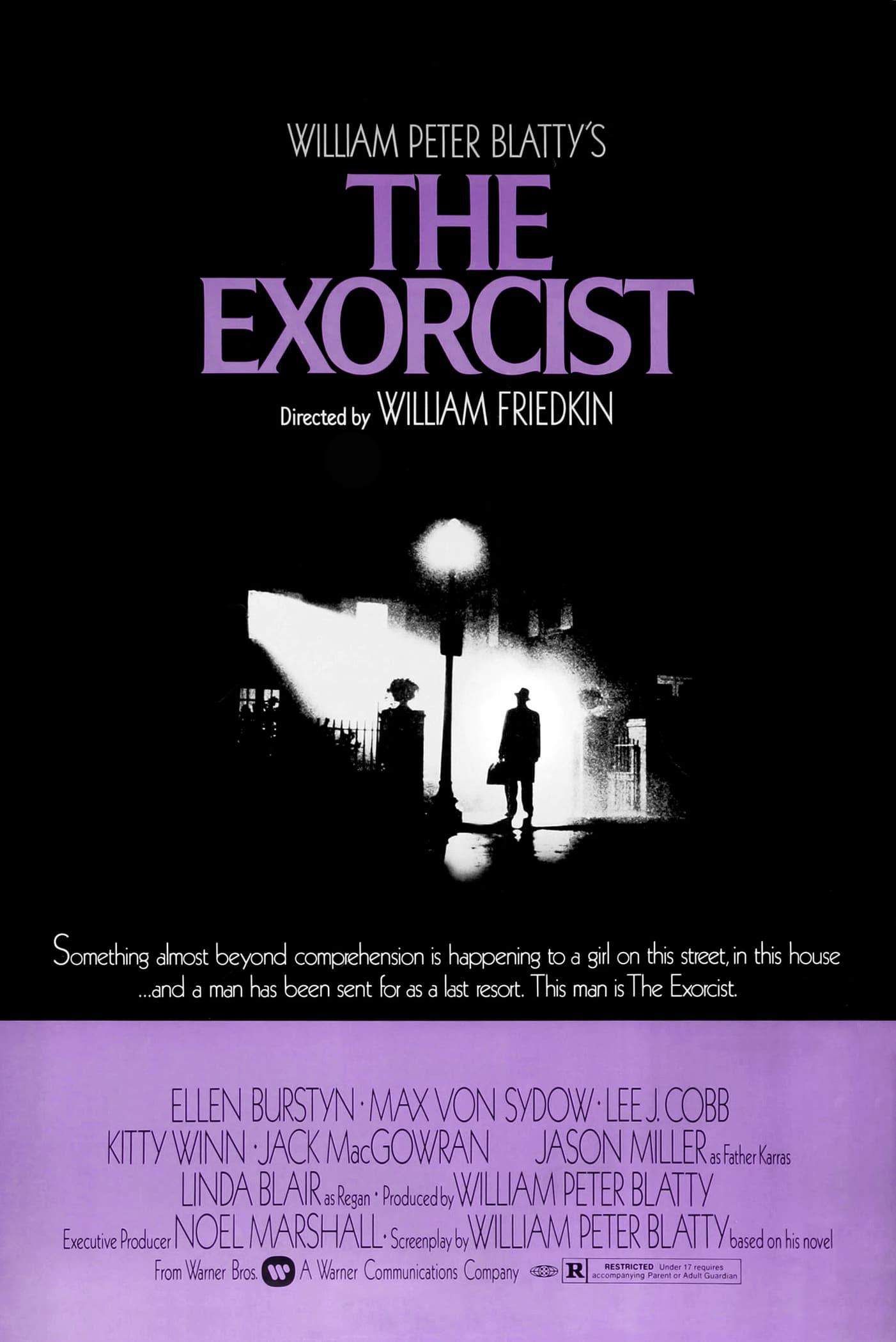
The Exorcist house origin story
William Peter Blatty was attending Georgetown University in 1949 when he first heard about the story of Ronald Edwin Hunkeler, a story that would change his life forever.
Hunkeler was a 14-year-old boy living at 3807 40th Avenue in Cottage City, Maryland, who had been experiencing a nasty case of ‘demonic possession.’ After numerous attempts to fix the boy, the Hunkelers moved to live with relatives at 8435 Roanoke Drive in St. Louis, Missouri.
This location would become known as the ‘original’ Exorcist house, even though in reality, it wasn’t. Hunkeler’s exorcism didn’t even take place in the house, but at a hospital in South St. Louis.
Blatty was fascinated with the story and decided to write a book about it in the early 1970s. The Exorcist became an instant best-seller, and Hollywood didn’t take long to respond.
Just two years after Blatty’s book came out, he wrote the screenplay for The Exorcist, directed by William Friedkin and starring Ellen Burstyn and Linda Blair. The rest is, as they say, history.
The Exorcist house in William Friedkin’s movie
Nowadays, we think of The Exorcist as a horror classic, an unsettling masterpiece that aged incredibly well throughout the decades. Nonetheless, when it was first released on the big screen in 1973, it caused quite a stir.
We won’t go into all the unpleasant scenes in the movie, because we bet you’re already uncomfortably familiar with them.
Audiences in 1973 were definitely not prepared; there were reports of people fainting, vomiting, screaming, and storming out of cinemas. Ironically, these reports only fueled interest in the movie, and it became a major hit, earning not only the admiration of horror fans but also 10 Academy Award nominations.
Similar stories you might like
Given the success and cult status of the film, it’s no wonder that the filming locations also attract horror fanatics on a regular basis.
The house used in the Exorcist movie is located at 3600 Prospect Street NW in Georgetown, Washington DC and is probably one of the most (in)famous movie locations in the history of cinema. And the 75 steep stairs right beside it, which lead down from Prospect to M Street, were actually designated a Historic Landmark in 2015.
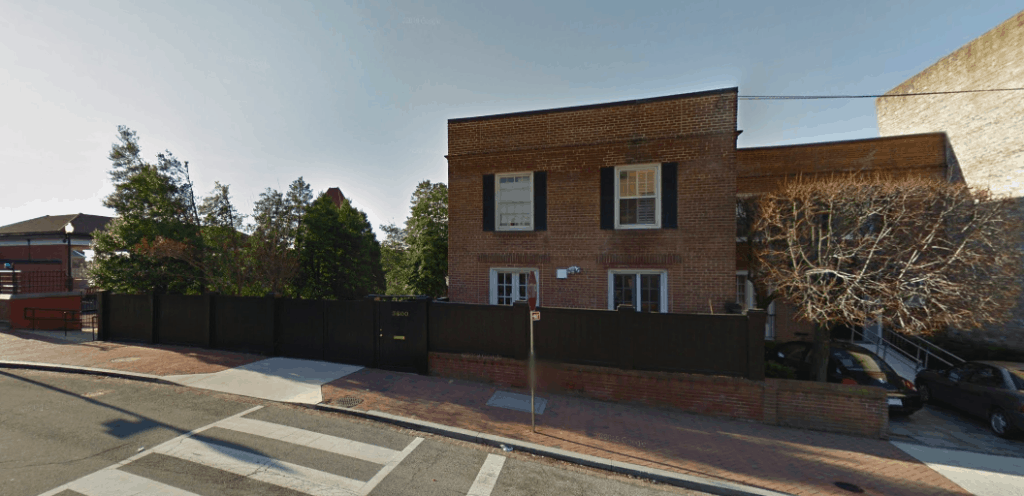
From ‘Hitchcock’s steps’ to ‘the Exorcist steps’
The two-story, 1950-built brick house on Prospect Street is so unassuming that it would probably go unnoticed if it wasn’t for the movie it ‘starred’ in.
Friedkin and Blatty were undoubtedly drawn to this house because of its proximity to what were once known as ‘Hitchcock’s stairs.’
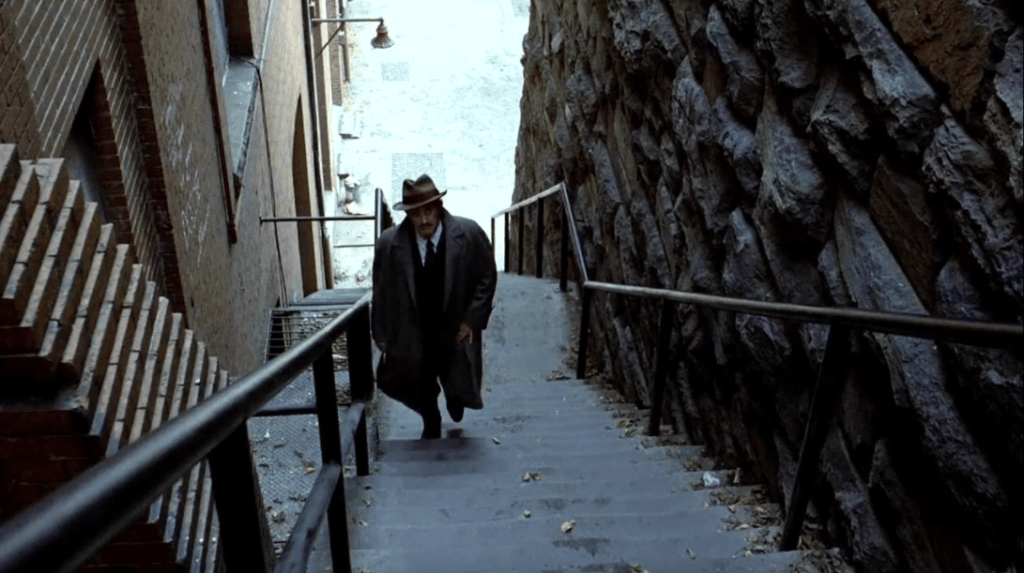
The 75 steps were built in 1895 during construction of the Car Barn right next door, for unknown reasons. They are so steep and ominous-looking that they fit right in with Blatty’s twisted screenplay.
However, the steps aren’t actually that close to the real house; the filming crew added an entire fake wing on the eastern side of the house, so that Regan’s bedroom window could be closer to the steps.
During that epic scene starring Father Damien Karras, the steps were actually padded to protect the actor during filming – no spoilers but you know what we’re talking about.
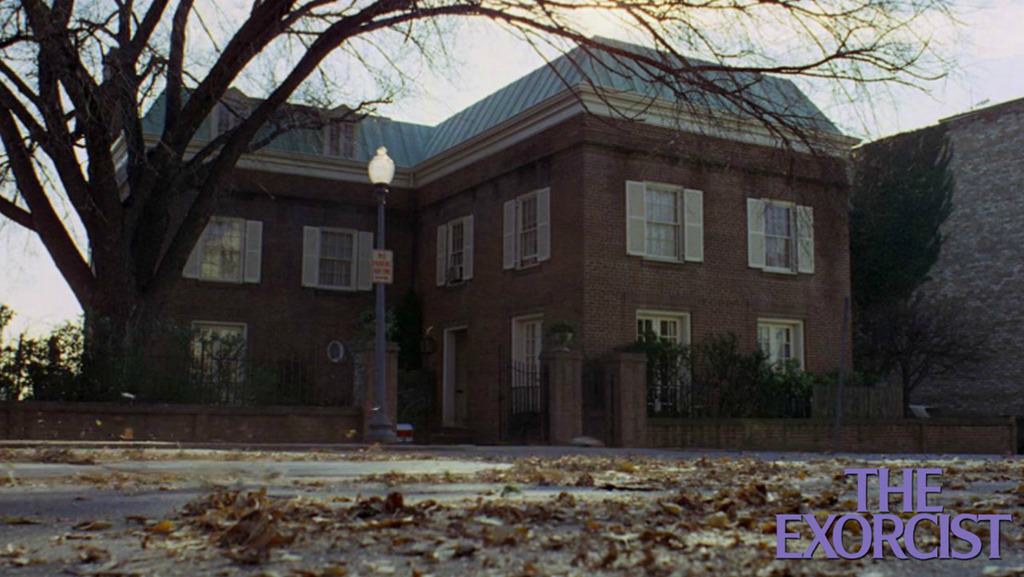
The Exorcist house will cost you $3.5M
The relatively-boring house at 3600 Prospect Street has become so iconic since the 1973 movie release that we think we know all there is to know about it.
However, we don’t know much about what it looks like on the inside, because The Exorcist only used the exterior of the house; interior scenes were shot in a massive production set in New York City.
We do have some details about the amenities and features of this house, which was owned by Georgetown University back in the 1970s.
The house was built in 1950 and has three bedrooms, five bathrooms, and 2,808 square feet of living space. It sits on a 0.11-acre plot overlooking the Potomac River and the Francis Scott Key Bridge, and boasts hardwood floors and a (probably creepy) fireplace.
According to Realtor.com, the property is valued at more than $3.5 million, which is 126% higher than the median listing price in the Georgetown area. The house last changed hands in 2003 for a little over $2 million, and it was remodeled and renovated in 2004, which definitely increased its value.
Still, we like to think its higher-than-average value is due to its starring role in one of the most iconic movies in history.
You might also like
Behind the Evil Eyes: The (Real) Story of the Amityville House
Menabilly, the Real-Life Inspiration for the Manderley House in ‘Rebecca’
Tracking Down the Mansion in American Horror Story: Murder House
Is It Real? The Creepy Mansion in ‘The Haunting of Hill House


